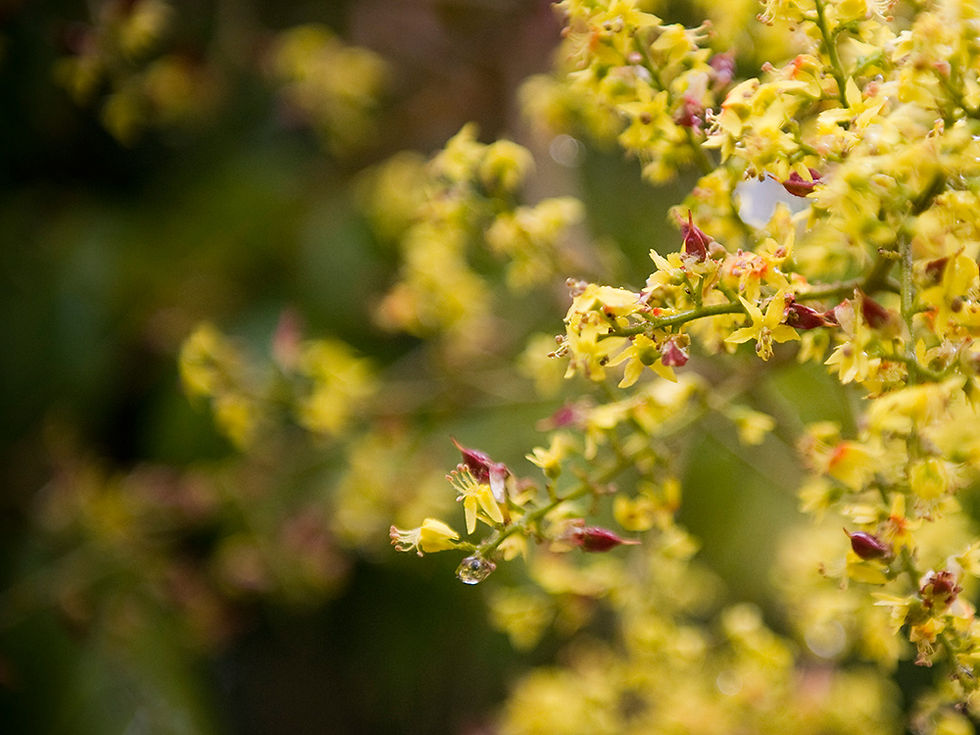UMASS Landscape Update
- Spaeth Property Service
- Aug 9, 2024
- 2 min read

Pioneer Valley (Amherst)
General Conditions:
There was some relief from the high temperatures over this past reporting period, but the thick blanket of oppressive humidity stubbornly persisted. Dew points regularly crested in the middle to upper 70s in the afternoon, a trend that would have been unfathomable just a decade ago. Over the past few years, July has become the month of new heat and rainfall records, and this year’s iteration continued to break new ground. According to the Northeast Regional Climate Center(link is external), July ‘24 was one of the top five hottest months ever recorded at numerous New England weather stations. For Hartford, our Connecticut Valley neighbor to the south, July ’24 now ranks as the hottest month of all time.
Nearly all our landscape and forest plants can handle the heat without issue, provided there’s ample rainfall. Thankfully, most of the valley has fared well with precipitation this summer, save for western Hampden County where totals were below average last month. In fact, most of the Commonwealth experienced below-average rainfall in July. A cooling trend has developed at the time of writing and a heavy dose of rain is forecasted as the remnants of tropical storm Debby moves through the Northeast.
The nighttime soundscape has reached its peak with cicadas, katydids, crickets and grasshoppers trying to outcompete one another with mating calls. There’s also a tremendous amount of late season color with herbaceous perennials in full bloom.
Pests/Problems:
The beech leaf disease nematode (Litylenchus crenatae ssp. mccannii) is starting to migrate from infested leaves to buds in greater numbers. Populations of adult nematodes will increase over the next several weeks as populations peak around early September across the region. Rainfall helps to facilitate migration, as the nematode requires a film of water to move across plant surfaces. Unfortunately, the BLD nematode can also tolerate dry periods during this migratory period.
Honey locust plant bug (Diaphnocoris chlorionis) damage is visible now and for some trees viewed across Hampshire County, there is significant canopy browning.
Scattered crabapples are starting to appear very thin due to apple scab (Venturia inaequalis). These are usually trees with a profusion of interior canopy suckers. Pruning and removal of these suckers not only improves the tree’s appearance, but also helps to increase airflow through the canopy. Most importantly, it reduces the volume of foliage in full shade, where apple scab can readily develop and spread. Cedar-apple rust foliar lesions are very abundant on some apple and crabapple cultivars right now. The circular, reddish-orange spots can coalesce on highly susceptible trees and result in premature leaf shedding. This past spring, the disease was prolific on eastern redcedar (Juniperus virginiana). The spores produced on redcedar then dispersed to infect apple/crabapple. A similar but distinct rust disease, cedar-quince rust, is causing symptoms on infected serviceberries (Amelanchier). Specifically, gall-like stem cankers are girdling shoots, resulting in browning leaves and canopy dieback. Stem and branch cankering pathogens like Phomopsis and Botryosphaeria are widespread due to the regular rainfall. The anthracnose pathogen Colletotrichum is also having a good year and has been regularly encountered on an array of trees and shrubs.
%20300.png)



Comments